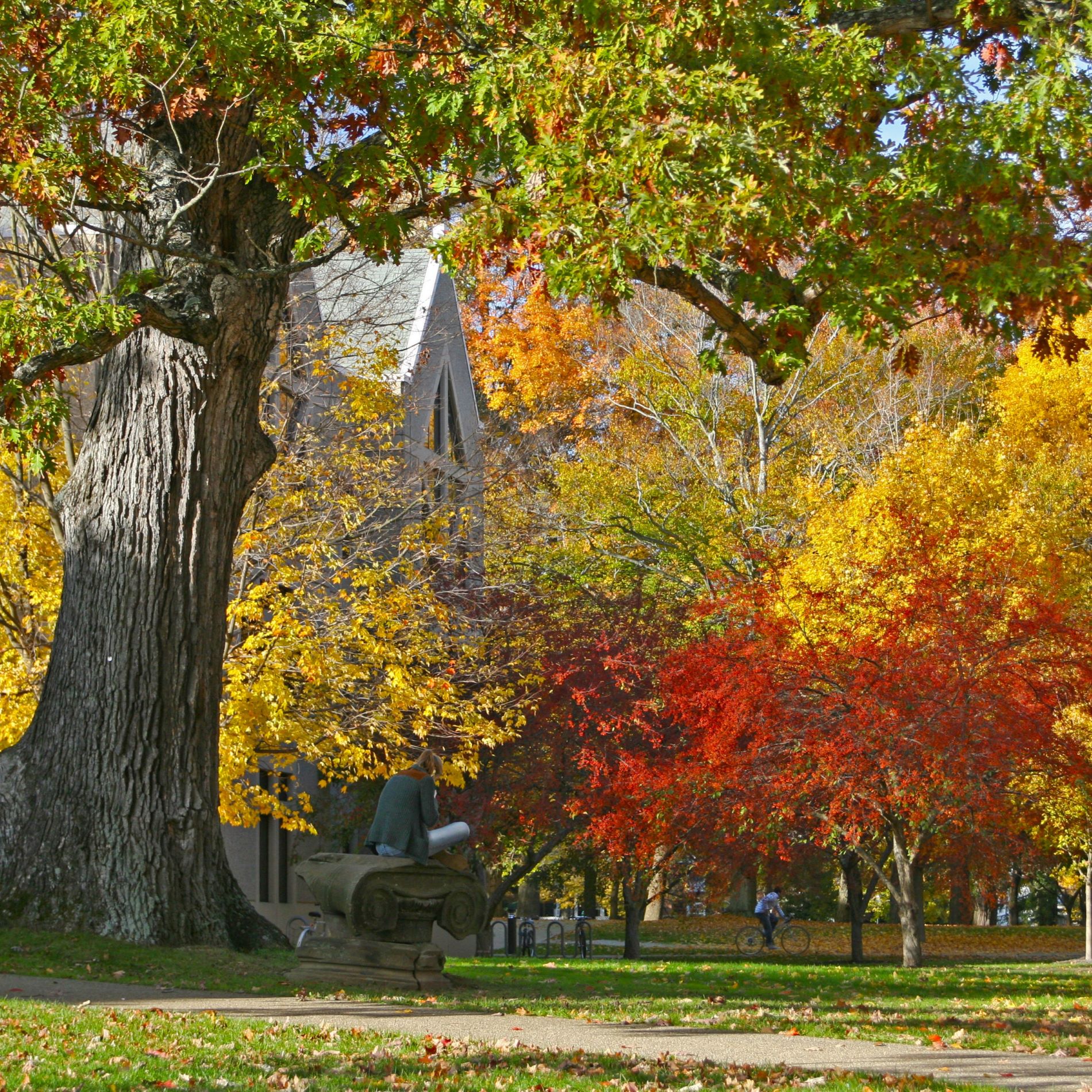Why do the leaves change color in Fall?
As summer starts to fade into the crisp embrace of autumn, here in Ohio you can witness the breathtaking spectacle of leaves changing color. Mother Nature will soon paint the landscape with a vibrant tapestry of reds, oranges, and yellows. But have you ever wondered what exactly orchestrates this stunning transformation?
The magic of fall foliage lies in the intricate dance of chemistry and nature. During the warmer months, leaves are green thanks to chlorophyll, the pigment responsible for photosynthesis, the process by which plants convert sunlight into energy. As daylight diminishes and temperatures drop in autumn, trees prepare for the winter months ahead. This shift triggers the chlorophyll production to slow down, which in turn lets the other pigments inside the leaves (that have been present all along) to shine!
Carotenoids, previously masked by the abundance of chlorophyll, are responsible for producing the brilliant yellows, oranges, and brown hues). Anthocyanins, produced in response to certain environmental triggers like light and temperature, infuse leaves with vibrant reds and purples. Each tree species has its own unique palette, contributing to the kaleidoscope of colors that blanket the forests and countrysides during fall. Weather patterns also play a crucial role in the intensity and duration of fall colors. Warm, sunny days followed by cool, but not freezing, nights provide the optimal conditions for the most vibrant displays.
Whether you take a stroll in the woods or a drive through the rolling countryside we hope you get out and enjoy the splendor of fall in Ohio!

